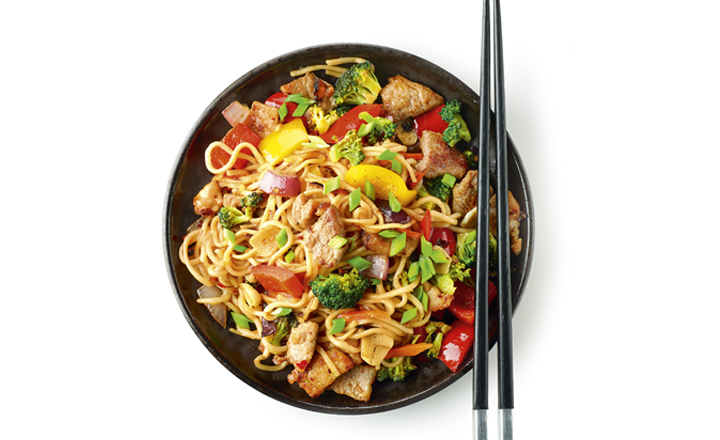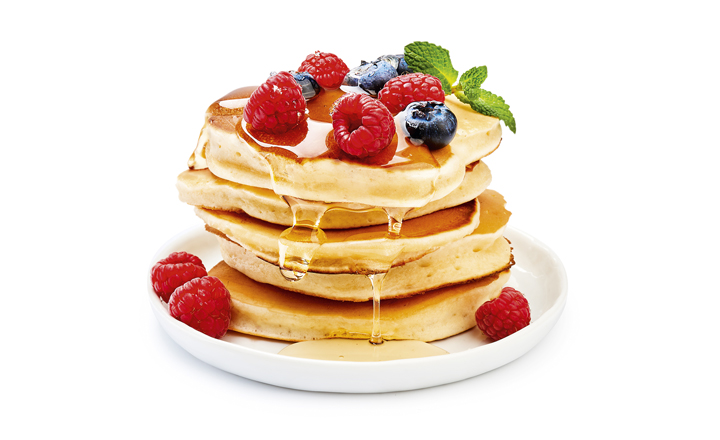Peanuts, sesame and nuts: allergen advice for caterers
We look at the next three allergens in our series – how you can work with them safely and what alternatives are best
Gluten is the name for the proteins found in wheat that help it maintain its shape. As many as 13% of the population avoid this well-known allergen. For some, it’s because of a diagnosed allergy, while others choose to avoid gluten for lifestyle reasons.
Reactions to gluten can be immediate or delayed. The most common effects are bloating, abdominal pain and diarrhoea but can also include headaches, fatigue, depression and weight loss over time.
The body’s response to gluten proteins can cause coeliac disease, a condition where the immune system attacks the tissues, damaging the gut and making it impossible to take in nutrients.

The gluten-free market is huge with substitutions for almost any foods you can think of:
“Around 1 in 100 people worldwide have coeliac disease while the numbers suffering with non-coeliac gluten sensitivity may be significantly higher. The majority of people with gluten-related disorders remain undiagnosed”
It is the least well-known allergen, however, it can provoke a serious reaction – so what exactly is lupin? Best known as a tall, colourful garden flower, the seeds from certain lupin species are crushed to make flour, pastries, pancakes and pasta.
These seeds are one of the world’s richest known sources of combined plant protein (around 40%) and dietary fibre (30%).
It’s most often used in Mediterranean cuisine in mainland Europe. However, lupin is growing in popularity among pastry chefs because of its earthy flavour and it is also a good source of plant protein for the gluten-intolerant.
Although it is far less common than some of the other allergies, it can be potentially as serious as a peanut allergy. In fact, some research suggests there is a link between lupin and peanut allergies as there is a similar protein in both and they’re from the legume family.
Symptoms of a lupin allergy can show rapidly and range from mild hives on the body to the less common breathing problems or anaphylactic shock.
—
Always refer to the Food Standard Agency’s website for the most up-to-date allergen information.

Sign in to save topics you love, and build your archive of events, menus and articles.